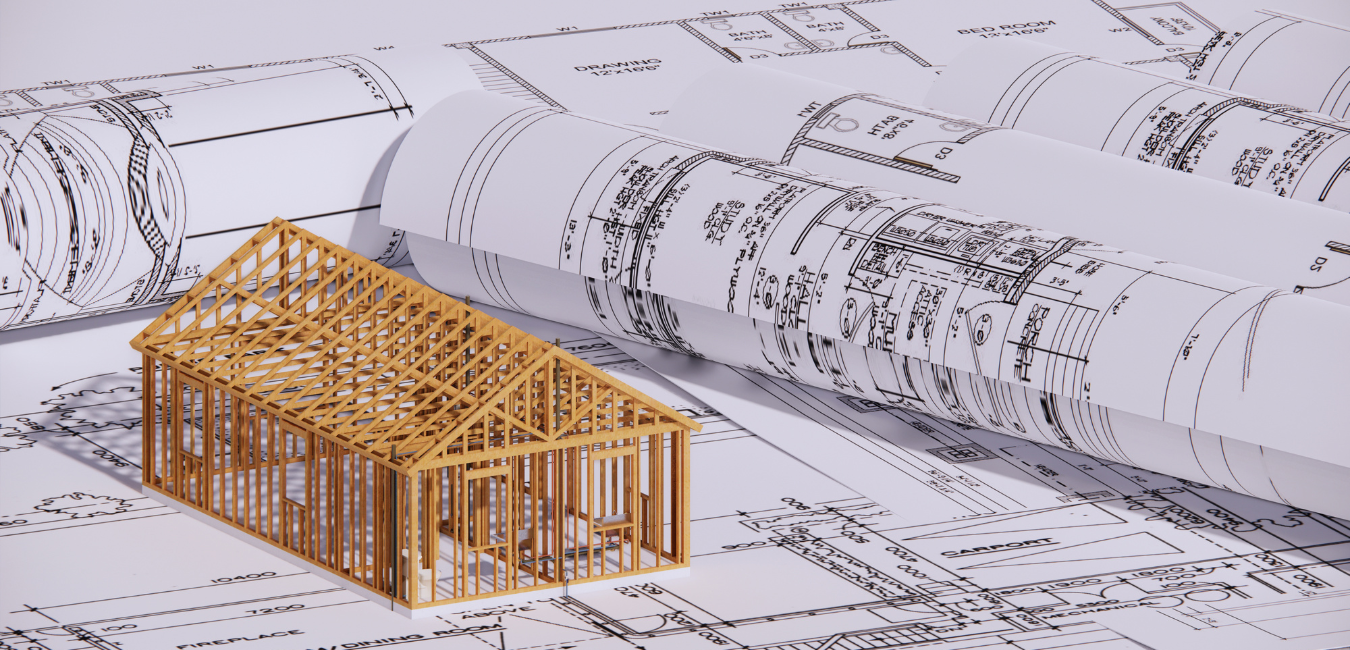Exactly How CDA Architects Deliver Cutting-Edge Solutions for Lasting Design
Exactly How CDA Architects Deliver Cutting-Edge Solutions for Lasting Design
Blog Article
The Influence of Technological Advancements on the Design Practices of Contemporary Architects
The fast development of technical devices has dramatically improved the layout landscape for modern engineers, cultivating extraordinary degrees of innovation and sustainability. Checking out these characteristics discloses a nuanced interaction in between technology and conventional design techniques, prompting a closer evaluation of what the future holds for building techniques.
Evolution of Architectural Devices
Just how have architectural tools changed the design and building processes over the centuries? The development of building tools has considerably influenced the effectiveness, precision, and imagination of layout and building.
With the introduction of the Renaissance, the introduction of the compass and the protractor marked an essential change. These tools allowed architects to attain higher accuracy in their layouts, assisting in the development of more intricate and proportional buildings. The Industrial Revolution additionally reinvented architectural exercise with the introduction of mechanical tools and products, permitting larger and more enthusiastic projects.
In the 20th century, the advancement of computer-aided style (CAD) software application changed the landscape once again, offering engineers with unprecedented capabilities in modeling and visualization. Today, advanced tools such as Building Details Modeling (BIM) and parametric layout software program remain to press the borders of building innovation, enabling an extra integrated approach to layout and construction procedures.
Improved Partnership in Design
As technology continues to evolve, enhanced partnership in style has actually come to be a keystone of modern building method. The assimilation of digital devices such as Structure Information Modeling (BIM), cloud-based systems, and advanced visualization software program has actually transformed the method engineers, engineers, and stakeholders interact throughout the style procedure. These devices promote real-time communication, allowing teams to share concepts, alterations, and feedback immediately, no matter of geographical area.

Additionally, interdisciplinary cooperation has been structured with these technological innovations, making it possible for designers to function a lot more carefully with various other experts, such as city organizers and environmental experts. The outcome is a much more cohesive technique to develop that considers various viewpoints and knowledge. Ultimately, boosted partnership in design is not just a fad; it is crucial for producing ingenious, practical, and cosmetically pleasing style in a progressively complex world.

Sustainability With Modern Technology
Sustainability in design has actually significantly ended up being intertwined with technological development, driving the market toward environmentally responsible practices. Contemporary engineers are leveraging innovative technologies to reduce ecological effect while boosting the efficiency of structures. cda architects. One noticeable instance is the usage of Building Details Modeling (BIM), which enables accurate preparation and resource allotment, decreasing waste throughout building and advertising energy effectiveness throughout a structure's lifecycle
Furthermore, clever materials and energy-efficient systems are being integrated right into styles to enhance resource usage. Technologies such as solar cells and eco-friendly roofing systems harness eco-friendly power sources, adding to minimized carbon footprints. In addition, the you could look here application of man-made intelligence in style procedures allows architects to mimic and evaluate power intake, leading choices towards even more sustainable end results.
The assimilation of sustainable modern technologies not only straightens with global ecological objectives yet additionally fulfills an enhancing demand from customers for green options. As designers embrace these technologies, the focus moves in the direction of creating areas that are not only aesthetically pleasing however additionally functionally sustainable, thus redefining the requirements of modern style. By doing this, innovation acts as a stimulant for sustainability, allowing architects to design structures that respect and boost the natural atmosphere.
Challenges in Execution
While technical improvements in design hold fantastic assurance for enhancing sustainability, their execution usually encounters considerable challenges. One main challenge is the steep knowing contour linked with brand-new technologies. Architects and More about the author building experts might need substantial training to successfully make use of innovative software program and tools, which can postpone task timelines and enhance costs.
Additionally, the integration of arising innovations, such as Structure Info Modeling (BIM) and sustainable products, usually demands cooperation across multidisciplinary groups. This cooperation can be hindered by distinctions in proficiency, operations, and interaction designs, resulting in potential problems and ineffectiveness.

Furthermore, regulative frameworks and building regulations may not equal technical advancements, creating uncertainty and potential compliance problems. This difficulty can discourage designers from completely accepting brand-new modern technologies, as the threat of non-compliance may surpass the advantages. Therefore, resolving these implementation difficulties is critical for the successful assimilation of technical advancements in contemporary architectural practices.
Future Patterns in Style
The challenges linked with the implementation of new innovations in style have actually motivated a reevaluation of future fads within the market - cda architects. As engineers browse issues such as sustainability, urbanization, and social equity, they basics are increasingly taking on cutting-edge technologies to boost style effectiveness and ecological efficiency
One popular fad is the integration of man-made knowledge (AI) in the layout procedure. AI devices can assess vast datasets to inform layout choices, boosting both creativity and capability. Building Info Modeling (BIM) continues to evolve, allowing real-time partnership amongst stakeholders and promoting streamlined project monitoring.
Lasting layout practices are also obtaining energy, with designers concentrating on flexible reuse and regenerative layout principles that reduce resource usage and waste. The consolidation of smart materials and renewable power sources will certainly additionally enhance the strength of buildings in the face of climate change.
Additionally, the increase of parametric style enables more personalized and context-sensitive building options (cda architects). By utilizing these advancements, engineers are poised to create constructed settings that not just address the instant requirements of society but likewise expect future obstacles, therefore redefining the duty of architecture in an ever-changing world
Conclusion
Technical advancements have actually substantially reshaped building style techniques, facilitating boosted precision, collaboration, and sustainability. The combination of tools such as Structure Details Modeling and parametric design software, alongside synthetic knowledge and wise products, empowers engineers to attend to complex obstacles much more properly.
Report this page